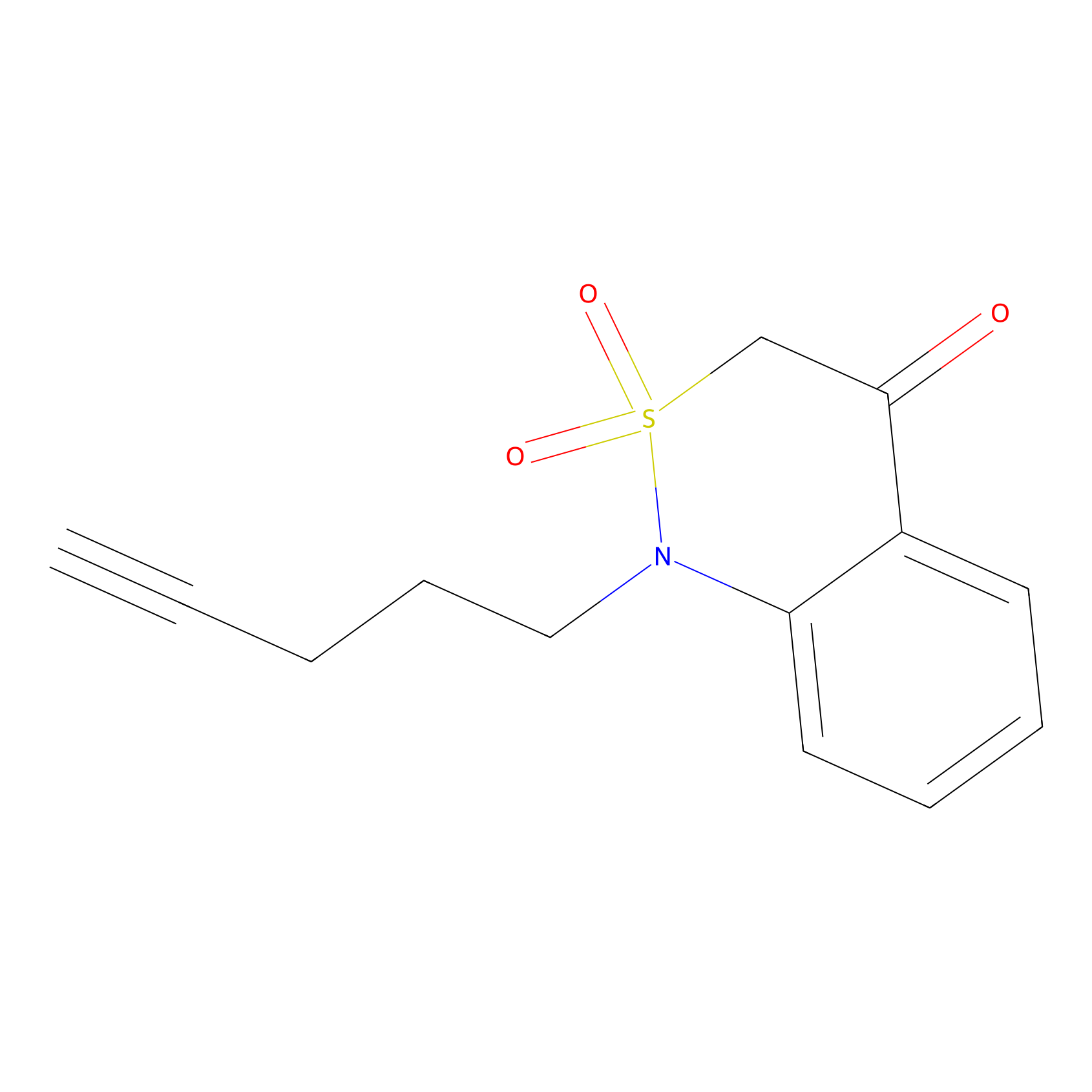Details of the Target
General Information of Target
Probe(s) Labeling This Target
ABPP Probe
| Probe name | Structure | Binding Site(Ratio) | Interaction ID | Ref | |
|---|---|---|---|---|---|
|
DBIA Probe Info |
 |
C61(1.02) | LDD2379 | [1] | |
|
BTD Probe Info |
 |
C61(1.10) | LDD2101 | [2] | |
Competitor(s) Related to This Target
| Competitor ID | Name | Cell line | Binding Site(Ratio) | Interaction ID | Ref |
|---|---|---|---|---|---|
| LDCM0022 | KB02 | ICC10 | C61(1.02) | LDD2379 | [1] |
| LDCM0023 | KB03 | ICC10 | C61(1.26) | LDD2796 | [1] |
| LDCM0024 | KB05 | ICC10 | C61(1.41) | LDD3213 | [1] |
| LDCM0508 | Nucleophilic fragment 17a | MDA-MB-231 | C61(1.10) | LDD2101 | [2] |
| LDCM0527 | Nucleophilic fragment 26b | MDA-MB-231 | C61(0.33) | LDD2120 | [2] |
| LDCM0541 | Nucleophilic fragment 36 | MDA-MB-231 | C61(0.50) | LDD2134 | [2] |
| LDCM0549 | Nucleophilic fragment 43 | MDA-MB-231 | C61(0.27) | LDD2143 | [2] |
| LDCM0553 | Nucleophilic fragment 6b | MDA-MB-231 | C61(0.31) | LDD2147 | [2] |
| LDCM0554 | Nucleophilic fragment 7a | MDA-MB-231 | C61(0.54) | LDD2148 | [2] |
References
